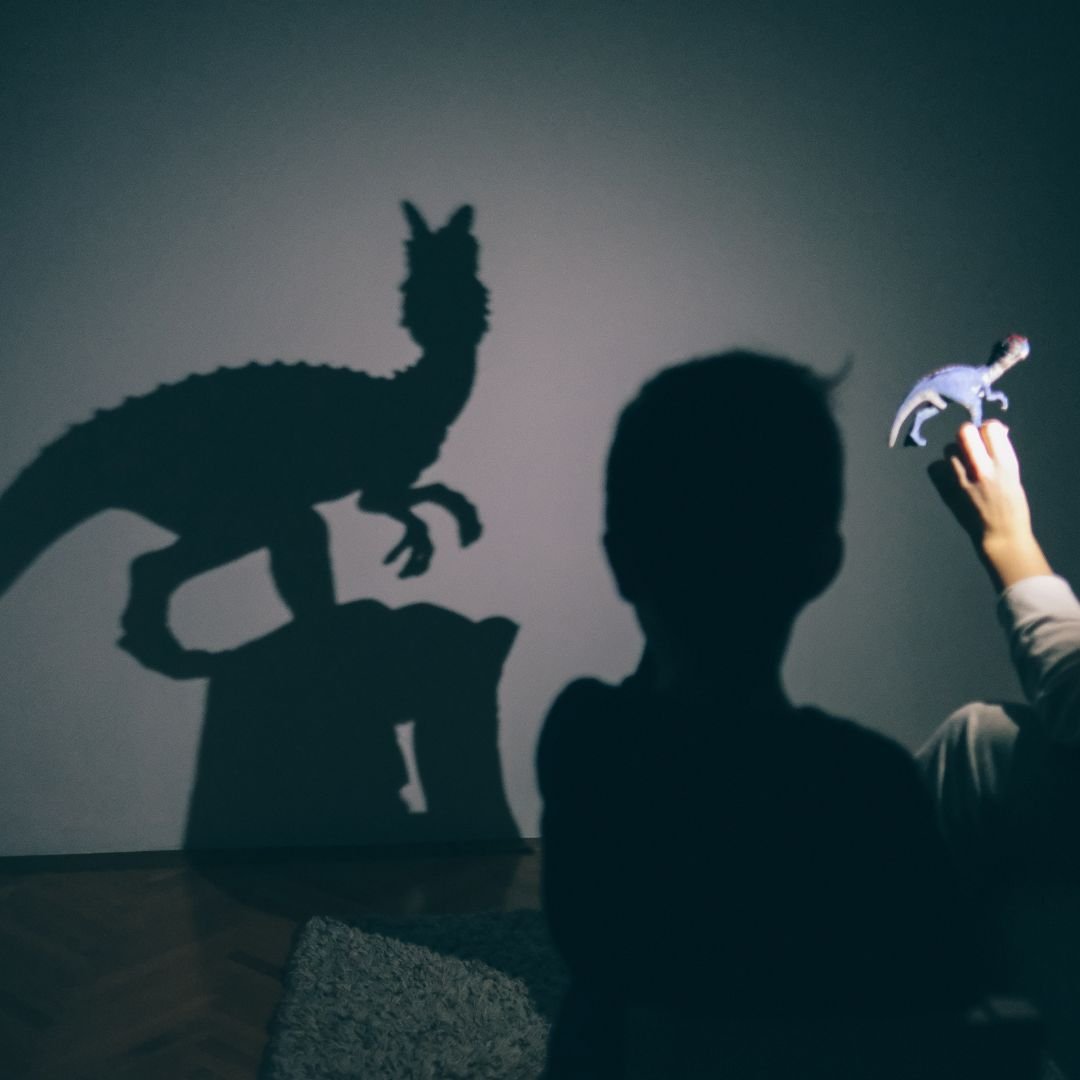Lights! Shadows! Initiative!
Hershel and the Hanukkah Goblins
Written by Eric Kimmel
Illustrated by Trina Schart Hyman
It’s no coincidence that holiday celebrations during this time of the year all highlight candles.
Hanukkah, Diwali, Christmas, Kwanzaa, St. Lucia Day: the lights dispel the darkness.
So what a perfect time to let children explore the dance between light and shadow!
Shadow play is fascinating for children. We usually think of it as an outside activity as they notice their shadows from the sun, but bringing it inside offers lots of magical variations.
What You’ll Need:
One or more light sources
Flashlights
Task lights
Battery-operated lanterns
Night lights
Light table
Overhead projector
ETC.
Objects to cast shadows
Hands!
Toys, including stuffed animals, blocks, and puzzle pieces
Nature items like leaves, sticks, pinecones etc.
Shadow puppets (behind a sheet or cloth over a table or door bar)
Translucent or transparent items
ANYTHING!!!!
Some Basics
A darkened room or space is necessary. 🤗
I alway loved playing with shadows in the late afternoon. It gave the kids whose parents picked them up at the end of the day something special to look forward to.
Can’t get it dark enough? Try using a large refrigerator box as your “light and shadow lab!”
Think about which materials will be the best to start with, based on the age of the children. Younger kids may gravitate towards their own bodies, or soft toys; older kids will be more adept at shadow puppets and making hand shadows look like bunnies.
Encourage lots of exploration and questions! What happens if…? What will THIS look like? Why is the pinecone bigger than the dinosaur? Etc. Etc. Etc.
How This Develops Initiative and Resilience
Just as Hershel has to confront his fears when the goblins’ shadows haunt the temple, children gain confidence as they discover more about the unknown of “darkness.”
What you can play with, and transform, you have some control over…and that’s what initiative and resilience are all about!
As children imagine new ways of playing with light and shadow, and then try out their wonderful ideas, they develop:
problem-solving (as they figure out why and how)
agency (as they act on their own wonderful ideas for shadow-making)
cognitive flexibility (as they come up with new ways to transform)
visual constancy (as they see the same object look different ways)
self-regulation (as they wait their turn, hold objects still, and sit in the dark!)
Need More Inspiration?
There is…A LOT…written about young children’s exploration of light and shadow. Here are a few googled resources I thought were especially useful!
The Magic of Light and Shadow: Beautiful photos will give you lots of ideas and a clear but detailed descriptions of how to play with light and shadow, and why it’s important for children.
Investigating Shadows: If you really want to nerd out and get into how shadow play connects with Reggio and constructivism, here you go! Lots of ideas and questions to provoke children’s curiosity and wonder, too.
Put on a Shadow Play: This article/video from PBS Kids goes step by step through how to make and perform a simple shadow puppet play, with lots of pointers about how to maximize learning.
How to Make Hand Shadow Puppets: Lots of ideas and tips, and some fun videos!



